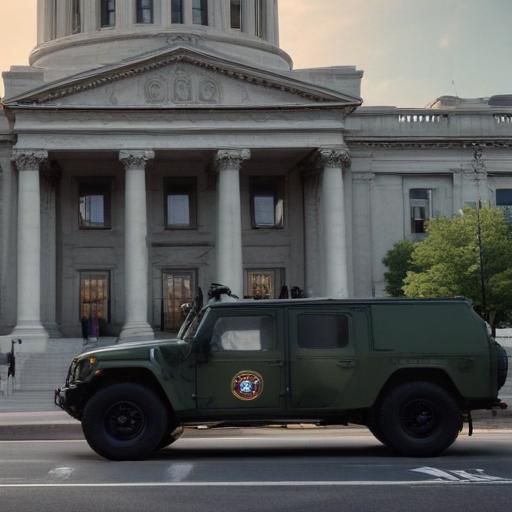Defense Secretary Pete Hegseth has signed an order allowing roughly 2,000 National Guard troops deployed to Washington, D.C., to carry weapons, with approval expected from the U.S. Marshals Service. Guardsmen who are supporting law enforcement functions will likely be armed, while those assigned to tasks such as beautification around the district are expected to remain unarmed. The exact types of firearms to be issued have not yet been determined.
In recent weeks, National Guard members have spread across the capital as part of a White House-backed push to crack down on crime and perceived lawlessness. The mission is led by a joint task force in D.C., and Guard units operating in policing roles will be armed in accordance with their training and mission requirements.
The move has drawn criticism from Democratic leaders who view it as an overextension of executive power. Historically, the National Guard in domestic settings focuses on disaster response and civil unrest, rather than routine policing.
Officials noted that Washington’s crime-fighting efforts have produced some positive signals. City officials cite police data showing violent crime down about 26% compared with last year, though the Department of Justice is investigating whether the district’s police department manipulated crime data to appear lower than it actually was.
President Donald Trump praised the deployment and the broader anti-crime and beautification efforts, telling law enforcement personnel and Guard members that the city would be made safer and “great again.” He suggested the troops could remain in Washington for several months, describing a six-month timeline for improving safety and the city’s physical appearance.
Officials and observers have highlighted ongoing questions about coordination between federal authorities and Washington’s Metropolitan Police Department, as critics argue for appropriate limits on federal influence over local policing.
Public safety updates from this operation have continued to unfold. Officials described ongoing arrests as part of the crackdown, with hundreds of arrests reported since the initiative began, including a notable number of undocumented immigrants among those detained overnight.
Hegseth also visited about 300 mobilized National Guard members at the D.C. Armory to review the mission and readiness ahead of the arming decision.
What to watch next
– How the weapon types will be allocated and what standards govern arming Guardsmen in different mission roles.
– How civilian oversight and local concerns will be addressed as federal force presence expands.
– The practical impact on crime statistics and public safety in the coming weeks and months.
– Any refinements to the balance between law enforcement support and non-enforcement duties among Guard units.
Overall, the arming decision aims to bolster security in a high-profile area while balancing legal, civil-liberties, and interagency coordination considerations. A continued emphasis on measured deployment and clear lines of authority will be key to how this policy is perceived and implemented going forward.
